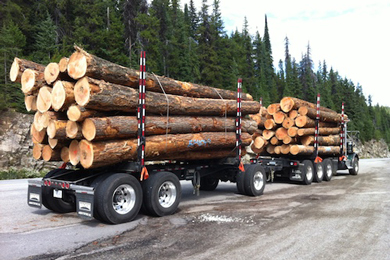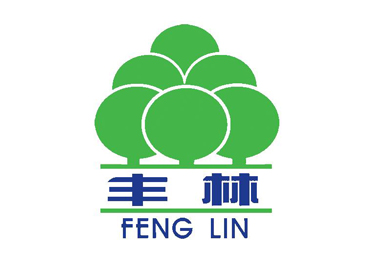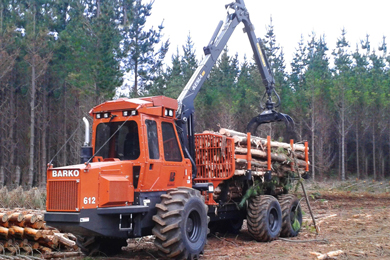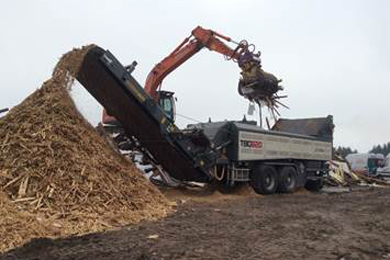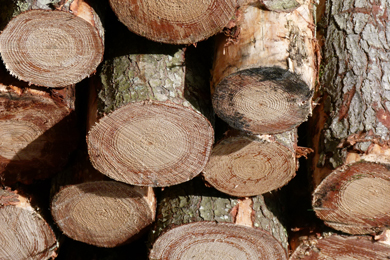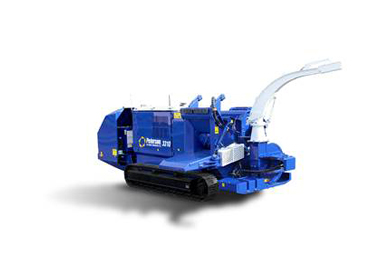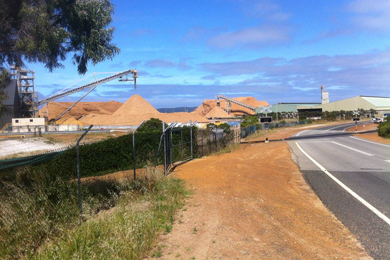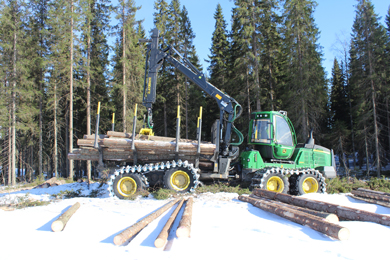The Trump administration has fired the first broadside in its battle against bilateral trade imbalances. And its aim was not what most people expected. Canada, not China, is the target of the Trump trade team’s wrath.
Commerce Secretary Wilbur Ross has just announced a new 20% tariff on imports of Canadian softwood lumber. The US currently imports about $5.66 billion worth of softwood lumber from Canada every year. It is an essential input for the American construction and home repair industries.
This move is ostensibly in response to a petition from American lumber producers, who have long complained that Canada’s system of “stumpage” (charges for logging on Canada’s government-owned lands) amounts to an unfair subsidy.
The US has never managed to prove that Canada’s pricing is unfair: it has lost legal challenges at the World Trade Organisation and under NAFTA. But American lumber producers continue to complain, and American governments continue to launch futile legal action against Canada in response to their complaints. Viewed in this light, this move simply looks like yet another attempt to pacify American lumber producers.
But anyone who was paying attention to Trump’s pronouncements even before he was elected would have seen this coming. Canada was the first of six countries listed by Peter Navarro and Wilbur Ross as the primary “cause” of the USA’s trade deficit.
Consider that roughly half of our trade deficit is with just six countries: Canada, China, Germany, Japan, Mexico and South Korea. If we look at the bilateral relationships of America with each of these countries, improvement in our trade balance is clearly achievable through some combination of increased exports and reduced imports, albeit after some tough, smart negotiations – an obvious Trump strength.
The paper from which this quotation comes was issued in September 2016. It is the blueprint for President Trump’s trade policy. It was therefore always inevitable that Canada would be targeted for protectionist measures. And given the long-running dispute between Canada and the USA over softwood lumber pricing, the lumber industry was bound to be first in line. It will not be the last.
Canada’s response to Secretary Ross’s announcement was prompt and robust:
– The Government of Canada disagrees strongly with the U.S. Department of Commerce’s decision to impose an unfair and punitive duty. The accusations are baseless and unfounded…..
– The Government of Canada will vigorously defend the interests of the Canadian softwood lumber industry, including through litigation. In ruling after ruling since 1983, international tribunals have disproved the unfounded subsidy and injury allegations from the U.S. industry. We have prevailed in the past and we will do so again.
– Battle is joined. Though given the US’s stated intention to renegotiate NAFTA, and its threat to bypass WTO dispute resolution, it is difficult to see which international tribunals could now arbitrate. Canada could end up having to tolerate a level of tariff that it considers unfair, because the alternative is a highly damaging trade war. Sometimes it is better to put up with bullying.
Photo : Courtesy
Highway Trailers & Loggers
Contact: Brad French Phone: 604-855-7544
Toll Free: 1-800-661-3406
Email: bfrench@magnumtrailer.com
Magnum Trailer and Equipment Inc. 660 Riverside Rd. Abbotsford, BC, Canada V2S 7M6

